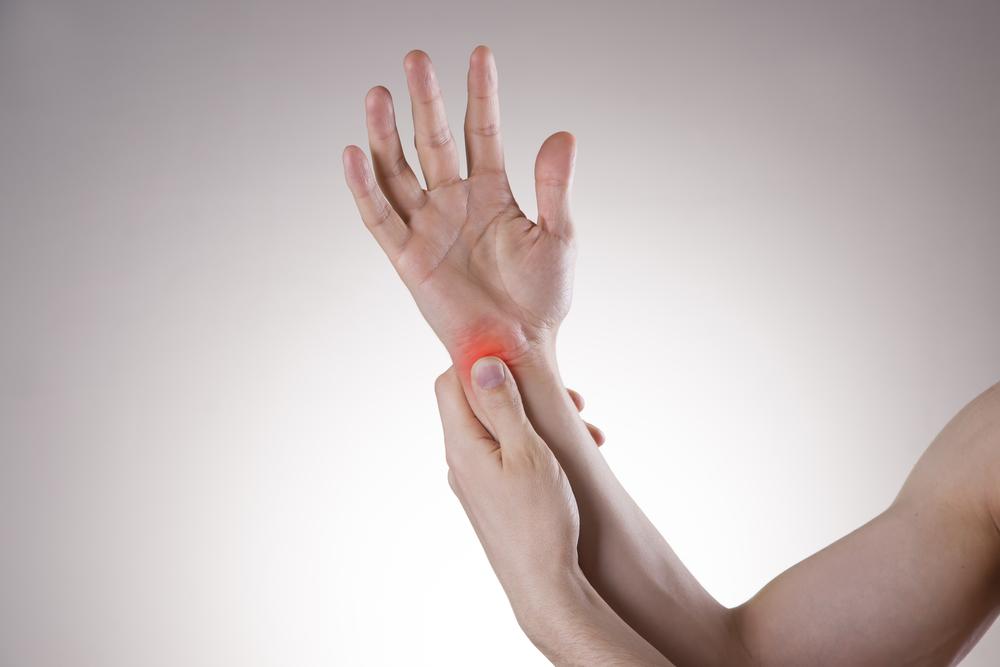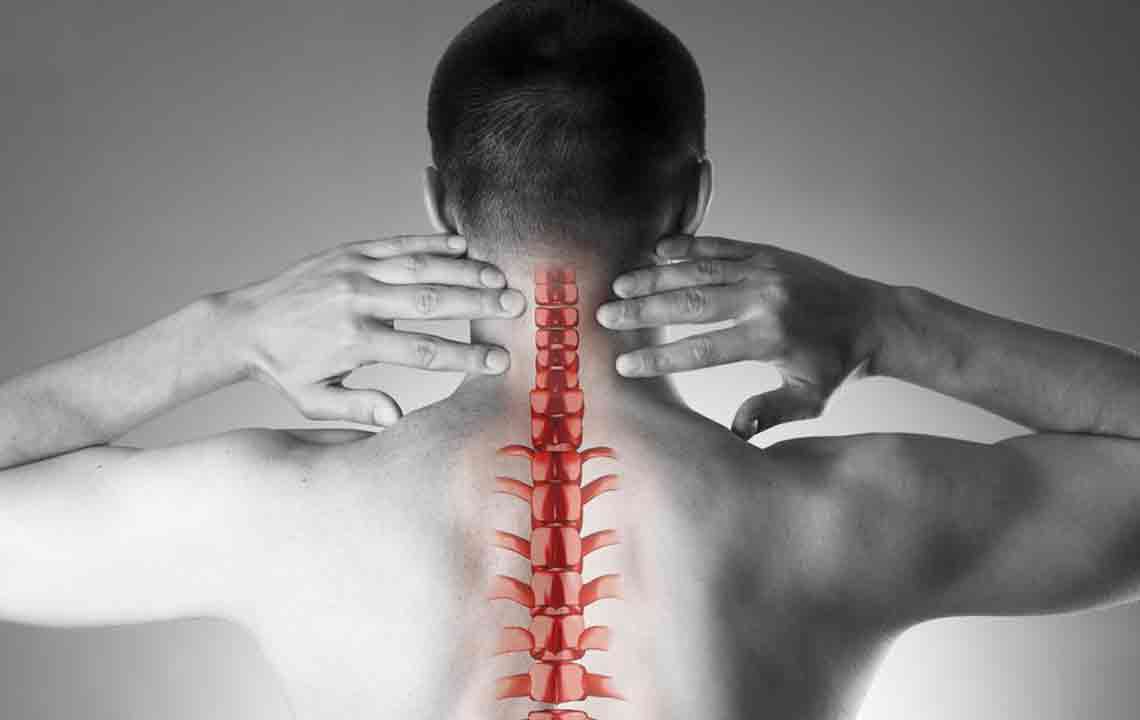Comprehensive Guide to Managing and Treating Carpal Tunnel Syndrome Effectively
Learn comprehensive methods to manage and treat carpal tunnel syndrome effectively. This detailed guide covers causes, risk factors, exercises, lifestyle changes, and treatment options including surgical intervention. Early diagnosis and consistent management can significantly improve symptoms and prevent progression, enhancing quality of life for those affected by this common nerve compression condition.

Comprehensive Strategies for Managing and Treating Carpal Tunnel Syndrome
Carpal tunnel syndrome (CTS) is a prevalent condition affecting many individuals worldwide, characterized by tingling, numbness, pain, and weakness in the hand and fingers. This discomfort results from compression of the median nerve as it passes through the narrow space known as the carpal tunnel located within the wrist. The median nerve is responsible for sensation and motor function in parts of the hand, and when it becomes compressed, it can significantly hinder daily activities and reduce quality of life.
Understanding the underlying causes, risk factors, and management techniques is crucial for effectively addressing CTS. This guide provides a detailed overview of the causes of carpal tunnel syndrome, including factors like swelling during pregnancy, repetitive strain injuries, and underlying health issues. Additionally, it offers practical and evidence-based strategies for managing symptoms, preventing progression, and promoting recovery.
What Causes Carpal Tunnel Syndrome?
The primary mechanism behind CTS is increased pressure within the carpal tunnel, which compresses the median nerve. Several factors contribute to this increased pressure, ranging from physiological changes to repetitive activities and health conditions.
Factors Contributing to Swelling and Nerve Compression
Pregnancy: During pregnancy, hormonal changes cause fluid retention, leading to edema in various parts of the body, including the wrists. This fluid buildup can increase pressure within the carpal tunnel, resulting in nerve compression. Most pregnant women experience milder symptoms during the first and second trimesters, which often alleviate postpartum as fluid levels normalize. However, some may experience persistent discomfort requiring management.
Repetitive Movements and Overuse: Occupations involving repetitive wrist movements—such as typing, assembly line work, or manual labor—can strain the wrist structures. Consistent overuse causes swelling, inflammation, and microtrauma to the tendons and surrounding tissues, leading to decreased space in the carpal tunnel and nerve compression.
Underlying Health Conditions: Several chronic health issues significantly increase the risk of CTS. These include:
Diabetes: Elevated blood sugar levels can cause nerve damage and increase susceptibility to compression syndromes.
Hypothyroidism: Low thyroid hormone levels can lead to fluid retention and tissue swelling, exacerbating nerve compression.
Rheumatoid Arthritis: Chronic inflammation in the joints can cause swelling and deformities within the wrist, narrowing the carpal tunnel space.
Fractures and Dislocations: Injuries to the wrist can alter the normal anatomy, leading to swelling or structural narrowing.
Obesity: Excess weight adds pressure on the wrist and joint tissues, increasing the likelihood of nerve compression.
Nerve Injuries and Other Conditions: Prior trauma or nerve damage can predispose individuals to develop CTS symptoms.
Effective Treatment Strategies for Carpal Tunnel Syndrome
Addressing CTS requires a multi-faceted approach tailored to individual needs and symptom severity. The following strategies are recommended for effective management:
1. Seek Professional Medical Evaluation
Early diagnosis by a healthcare professional is essential. A comprehensive assessment may include physical examination, nerve conduction studies, and imaging if necessary. Accurate diagnosis helps determine the most appropriate treatment plan, whether conservative or surgical.
2. Engage in Targeted Exercises and Physical Therapy
Gentle stretching and strengthening exercises can alleviate pressure within the wrist and improve flexibility. Specific wrist and hand stretches, such as nerve gliding exercises, can help reduce compression. Yoga, emphasizing gentle poses, may also provide relief; however, avoid movements that strain or flex the wrists excessively.
3. Implement Rest and Wrist Elevation
Resting the wrist and avoiding painful activities are crucial. Elevating the wrist above heart level helps reduce swelling. Incorporate frequent breaks during repetitive tasks to minimize strain.
4. Use Supportive Devices
Wearing a wrist splint, particularly at night, prevents excessive wrist flexion and extension during sleep. This simple intervention reduces nerve compression and alleviates morning symptoms like tingling and numbness.
5. Lifestyle Modifications and Weight Management
If obesity or metabolic health issues contribute to the condition, adopting a healthier lifestyle is beneficial. Dietary adjustments, regular exercise, and weight management can decrease the pressure on nerves and improve overall health.
6. Medical Interventions and Surgical Options
When conservative treatments are ineffective, or symptoms worsen, surgical decompression may be necessary. The most common procedure is carpal tunnel release surgery, which involves cutting the transverse carpal ligament to enlarge the tunnel and relieve pressure on the median nerve. Postoperative rehabilitation accelerates recovery, and most patients experience significant symptom relief.
Prevention Tips for Carpal Tunnel Syndrome
Preventative strategies focus on minimizing repetitive strain and maintaining wrist health. These include ergonomic work setups, taking regular breaks, stretching routines, and managing underlying health conditions effectively. Early intervention at the first signs of discomfort is key to preventing progression.
In conclusion, managing carpal tunnel syndrome effectively requires awareness of its causes, persistent lifestyle adjustments, and professional guidance. Whether through targeted exercises, ergonomic improvements, or medical treatment, most individuals can experience significant symptom relief and improved hand function.





